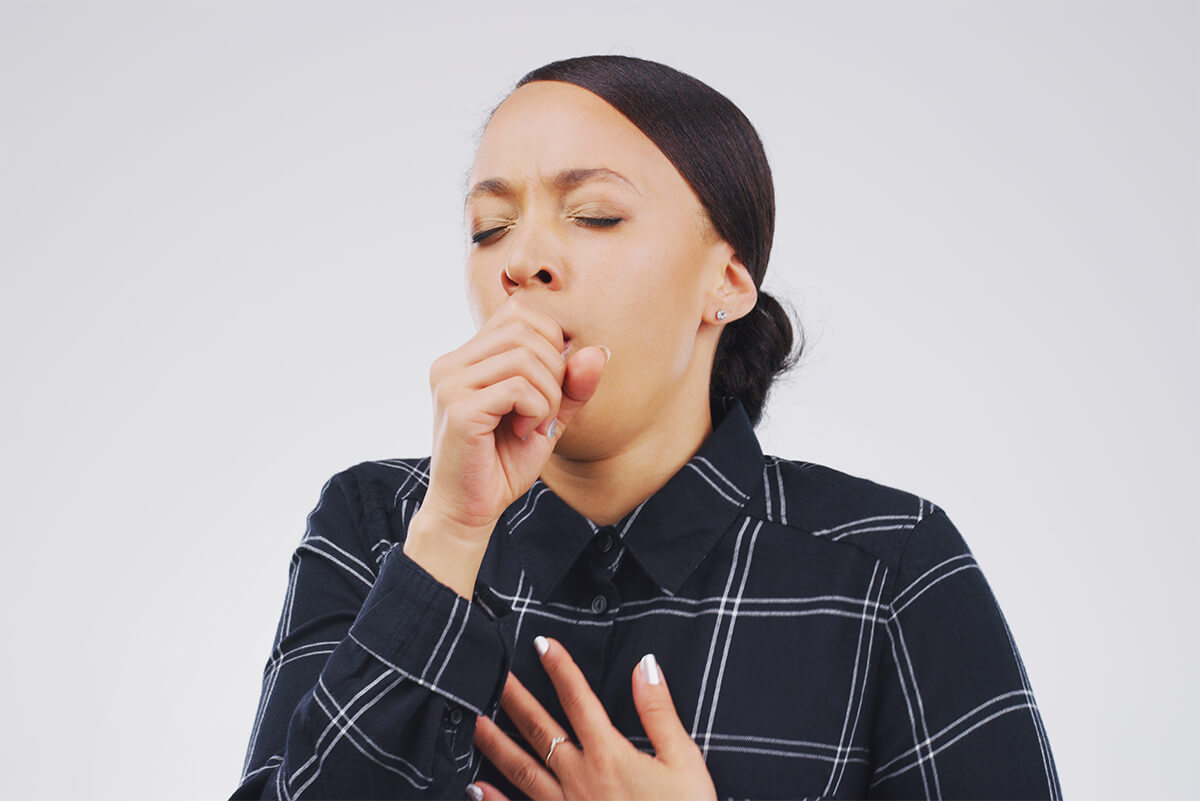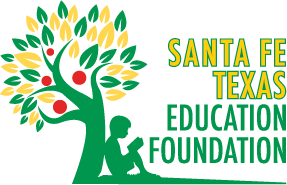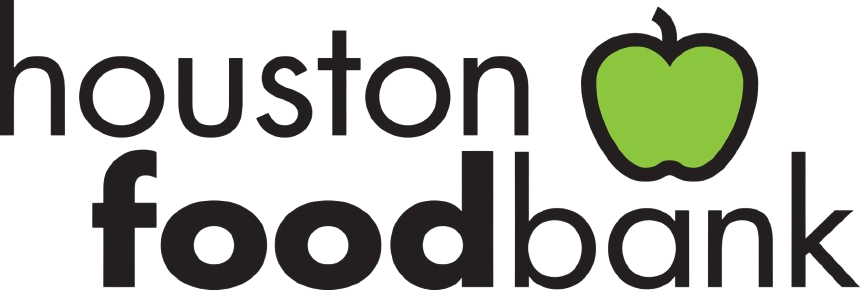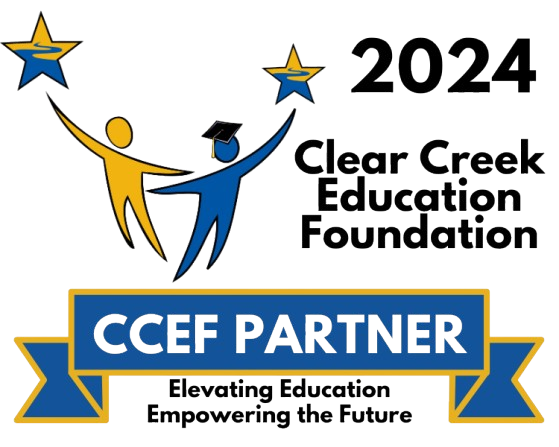
To describe shingles is not for the faint of heart. It is an ugly, painful rash that can sometimes lead to long-term nerve pain. It usually appears as a single stripe of blisters that wrap around either the torso’s left or right side. The rash turns into fluid-filled blisters, which generally takes about 7 to 10 days to dry out and begin to heal.
Though it isn’t a life-threatening condition, it can be quite painful. The best way to shorten the shingles infection and decrease the chances of infection is early treatment.
Symptoms
Some of the early symptoms of shingles are:
- Itching
- Raised dots on the skin and redness around that area
- Burning or tingling under the skin
- Intense or shooting pain
- Fever and headache
Causes
Shingles is caused by the varicella-zoster virus — the same virus that causes chickenpox. After you’ve had chickenpox, the virus can lie inactive in nerve tissue near your spinal cord and brain. Years later, there could be a possibility of the virus reactivating as shingles. (Mayo Clinic)
When the virus reactivates, it travels along the nerve fibers to the skin and causes the shingles rash. Not everyone who’s had chickenpox develops shingles. Though the exact cause of shingles is unclear, one reason behind the virus’s reactivation is a weakened immune system. Since this happens as we grow older, shingles is more common in older adults or those with a weak immune system.
Risk Factors
Some of the factors that may increase the risk of developing shingles are:
- Being 50 years or older
- Diseases that can weaken the immune system, such as cancer or HIV
- Prolonged use of medications like steroids
- Stress
Is Shingles Contagious?
A person with shingles can spread the varicella-zoster virus to those who’ve never had chickenpox and aren’t vaccinated. Until the blisters scab over, a person with shingles is contagious. They must avoid physical contact, especially with newborns, pregnant women, those who haven’t had chickenpox, and those with a weak immune system.
Complications Due to Shingles
Shingles can have complications that may last long after the rash is gone, such as:
- Postherpetic neuralgia: In this condition, the pain lasts long after the blisters have cleared. It occurs since the damaged nerve fibers send confused messages from the skin to the brain.
- Vision problems: If the rash was around the eyes, it could lead to eye problems or vision loss.
- Neurological problems: Sometimes, brain inflammation or facial paralysis may occur if shingles affect specific nerves.
Who Should Get the Vaccine?
Vaccines can help in reducing the risk of shingles. Those looking for a shingles vaccine have two FDA approved options: Zostavax and Shingrix.
Zostavax was approved in 2006, and though it is no longer sold in the U.S., some other countries may be using it. Shingrix is the preferred alternative to Zostavax since it is considered more than 90% effective.
According to the CDC, it is recommended that people 50 and older get it, even if you’ve had shingles before. It’s advisable to get Shingrix, even if you already had the Zostavax vaccine. (Ratini)
The two ways to get a shingles vaccine are:
- At the doctor’s office
- At the pharmacy with a doctor’s prescription.
It’s important to note that the shingles vaccine does not eliminate the possibility of developing shingles entirely. However, it effectively reduces the course and severity of shingles and decreases the chances of postherpetic neuralgia.
Shingles Remedies
There are some home remedies that can help with the discomfort and pain of shingles. Some popular remedies include
Oatmeal Bath – Pour 1 to 2 cups of colloidal oatmeal or cornstarch into lukewarm bathwater and soak for 15 to 20 minutes. Do not use hot water. Hot water can worsen shingles blisters because heat increases blood flow.
Cool Wet Compress – Be sure to use a clean cloth or washcloth. Do not use ice as this can worsen symptoms.
Create a Paste – Using cornstarch or baking soda and water to naturally relieve itching caused by a shingles rash. Pour two parts cornstarch or baking soda into a cup. Add one part water to get the desired consistency for the paste. Apply the mixture to your rash. Rinse it off after 10 to 15 minutes. Repeat several times a day as needed.
Improve Your Shingles Outcome
The shingles vaccine is only used as a prevention strategy, and it cannot treat someone who currently has the disease. Early treatment is crucial, so contact a doctor promptly if symptoms of shingles are seen. Talk to your doctor to learn about the different treatment options. Sometimes extreme pain will send a shingles sufferer to the ER. Give yourself the benefit of the doubt and seek medical advice, especially if you have never had shingles.
Works Cited
Mayo Clinic. “Shingles.” Mayo Clinic, Mayo Foundation for Medical Education and Research, 6 Oct. 2020, https://www.mayoclinic.org/diseases-conditions/shingles/symptoms-causes/syc-20353054.
Ratini, Melinda. “Shingles (Herpes Zoster): Symptoms, Causes, Contagiousness, Vaccine, Diagnosis, and Treatment.” WebMD, WebMD, 16 Nov. 2019, https://www.webmd.com/skin-problems-and-treatments/shingles/shingles-skin#2.
Higuera, Valencia. Healthline.com, 3 Jan. 2019, www.healthline.com/health/shingles-natural-treatment.
















